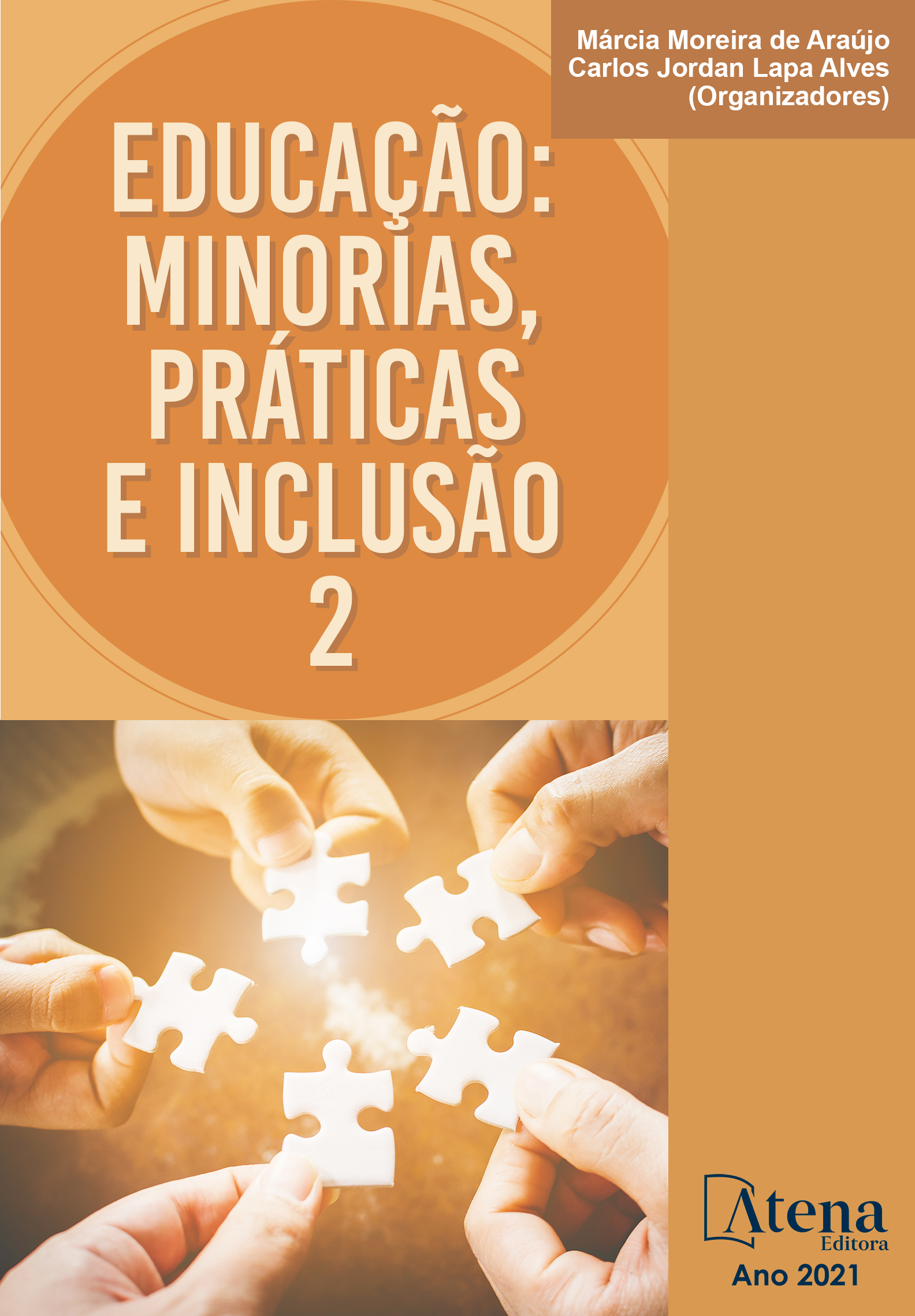
DIÁLOGOS ENTRE A EDUCAÇÃO INCLUSIVA E VIGOTSKI: A MEDIAÇÃO E O PROCESSO DE INCLUSÃO ESCOLAR DE UM ESTUDANTE COM SÍNDROME DE ASPERGER
O movimento de inclusão educacional do público da Educação Especial é considerando relativamente recente nos contextos escolares brasileiros, já que foi após o marco da Constituição de 1988 que surgiram produções relevantes no campo político referente à educação inclusiva, desdobrando em nosso país uma diferente perspectiva sobre os direitos educacionais desse público que passou cada vez mais agregar espaço de voz, acesso e permanência no ensino regular. Considera-se como público da Educação Especial os estudantes que possuem deficiência intelectual, deficiência visual, deficiência física, surdez, transtorno do espectro autista e/ou altas habilidades. Entretanto, no presente trabalho faremos um recorte sobre as estratégias de mediação realizadas no processo da inclusão de um estudante diagnosticado com Síndrome de Asperger, tipo característico de Transtorno do Espectro Autista, em uma escola da rede federal de ensino. Buscamos compreender e refletir, à luz das contribuições acerca da concepção do processo da aprendizagem no desenvolvimento do ser humano de Lev Semenovich Vigostki, sobre os desafios e as possibilidades encontradas nas ações das principais mediadoras desse estudante em processo de aprendizagem no espaço escolar durante o ano de 2019: a professora da sala comum, a professora da Educação Especial e a estagiária. Esperamos que este artigo possa colaborar com os estudos teóricas baseados nas contribuições de Vigotski, e as relações com a importância da mediação no processo de inclusão de estudantes que são público da Educação Especial, especialmente dos que possuem Síndrome de Asperger.
DIÁLOGOS ENTRE A EDUCAÇÃO INCLUSIVA E VIGOTSKI: A MEDIAÇÃO E O PROCESSO DE INCLUSÃO ESCOLAR DE UM ESTUDANTE COM SÍNDROME DE ASPERGER
-
DOI: 10.22533/at.ed.34321180521
-
Palavras-chave: Inclusão. Mediação. Síndrome de Asperger.
-
Keywords: Inclusion. Mediation. Asperger’s Syndrome.
-
Abstract:
The inclusion movement of people in the special education is relatively recent in the Brazilian scholar context, since it was after the 1988 Constitution that relevant productions emerged in the political field regarding inclusive education unfolding in our country a different perspective on the education rights of this public who increasingly added space for voice, access and permanence in regular education. It is considered as target audience of the Special Education students that present intellectual disability, visual disability, phsical disability, deafness, autism spectrum disorder and/or high abilities. However, in this paper we emphasized the mediation strategies perfomed in the inclusion process of a student diagnosed with Asperger’s Syndrome, a frequent situation of the autism spectrum disorder, in a federal school in Brazil. We seek to understand and reflect,in the light of contributions about the conception of the learning process in the development of the human being of Lev Semenovich Vigostki, on the challenges and possibilities encountered in the actions of the main mediators of this student in the learning process in the school space during 2019: the teacher of the common room, the teacher of Special Education and the intern. We hope that this article can collaborate with theoretical studies based on Vigotski’s contributions, and terms with the importance of mediation in the process of inclusion of students who are the target audience of Special Education, specially of those with Asperger’s Syndrome.
-
Número de páginas: 18
- Gabriella Carvalho Motta
- Lavine Rocha Cardoso Ferreira
- Rochele Karine Marques Garibaldi


